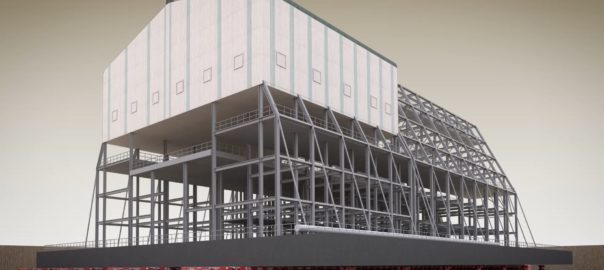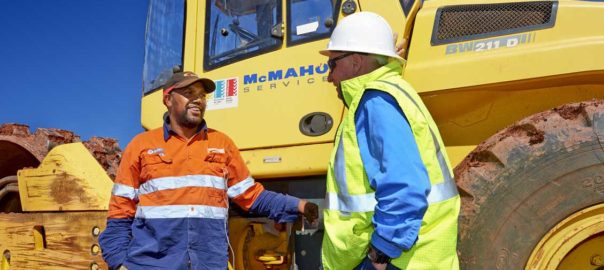TNG Ltd says it has entered into a binding heads of agreement (HoA) with Genesee & Wyoming Australia (GWA), the third-largest rail operator in Australia, for the provision of rail haulage services for its flagship, 100%-owned Mount Peake vanadium-titanium-iron project, in the Northern Territory.
Genesee & Wyoming is a global railroad owner and operator with extensive experience in the transport of bulk commodities for the resources industry, and is the majority owner of the rail line to Darwin that runs approximately 1,100 km from the Mount Peake mine site, according to TNG.
Rail haulage will underpin the logistics chain transporting the magnetite concentrate to be produced by the proposed beneficiation plant at the Mount Peake mine site to the proposed TIVAN® processing facility in Darwin, where TNG intends to produce high-purity vanadium pentoxide, titanium pigment and iron ore fines.
The scope of services includes the loading of magnetite concentrate onto rail at the Adnera rail siding (proposed to be located 85 km from the mine site), rail haulage from Adnera to the TIVAN facility, in Darwin, on the Tarcoola-to-Darwin rail line, and the unloading of magnetite concentrate at the TIVAN facility.
GWA will also load and transport TNG’s final products from the TIVAN facility to the Darwin Port, providing all necessary rail transport plant and equipment, including locomotives, wagons, crew vans and fuelling equipment.
“Following execution of the HoA, TNG and GWA will work together on an exclusive basis, and commit the necessary resources, to develop an optimised rail haulage strategy for Mount Peake, and negotiate and finalise a rail haulage agreement,” TNG said.
TNG’s Managing Director and CEO, Paul Burton, said: “GWA’s presence and expertise in logistics and transportation further strengthens TNG’s global network of high-quality partners assigned for the development and operation of Mount Peake.” This includes the likes of McMahon Services and SMS Group.
An updated definitive feasibility study on Mount Peake from 2017 envisaged pre-production capex of A$853 million ($617 million) for a 3 Mt/y project ramping up to 6 Mt/y in year five. This would see 24.3 Mt of magnetic concentrate turned into 10.6 Mt iron oxide and 243,000 t of vanadium oxide.










